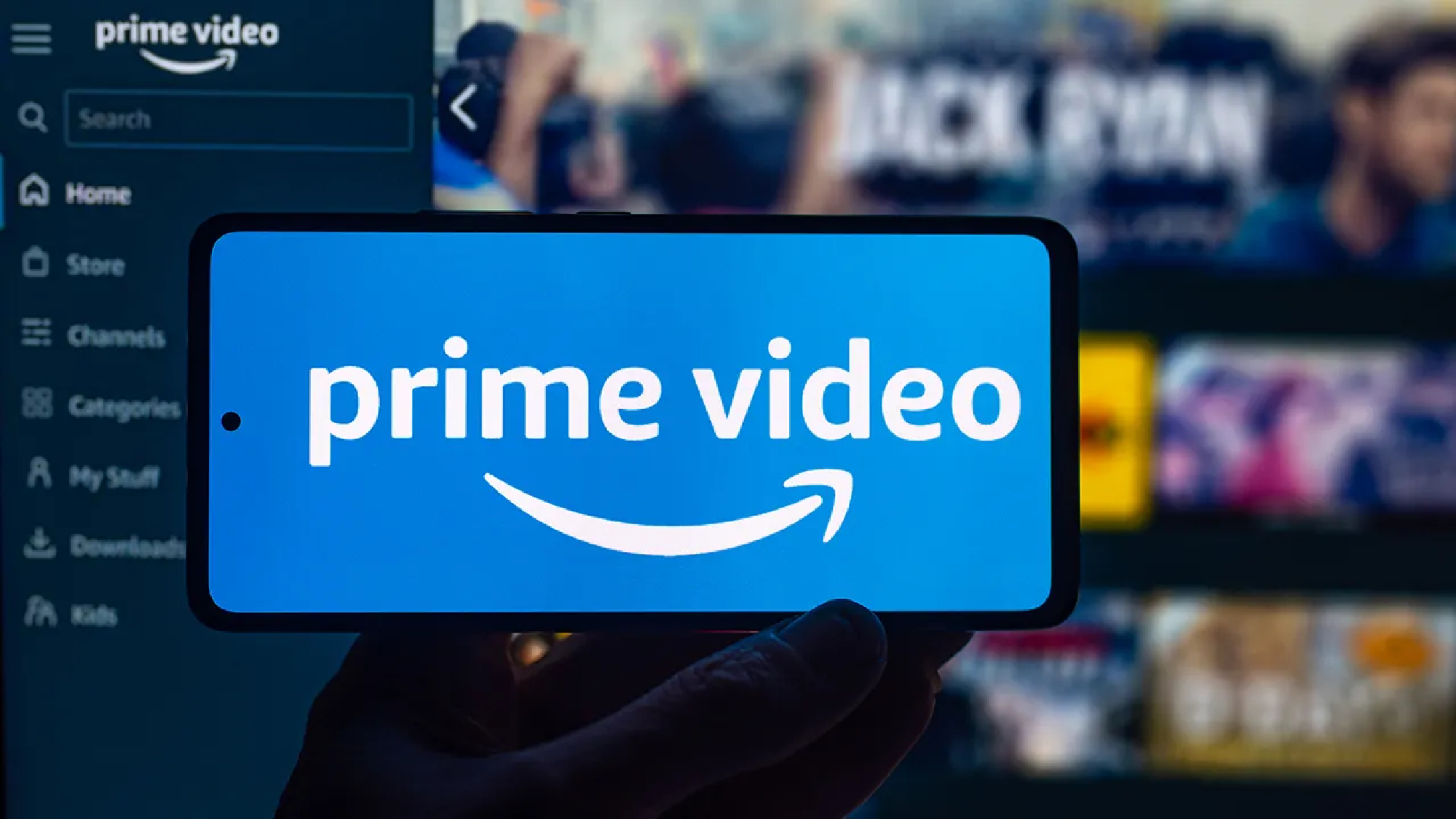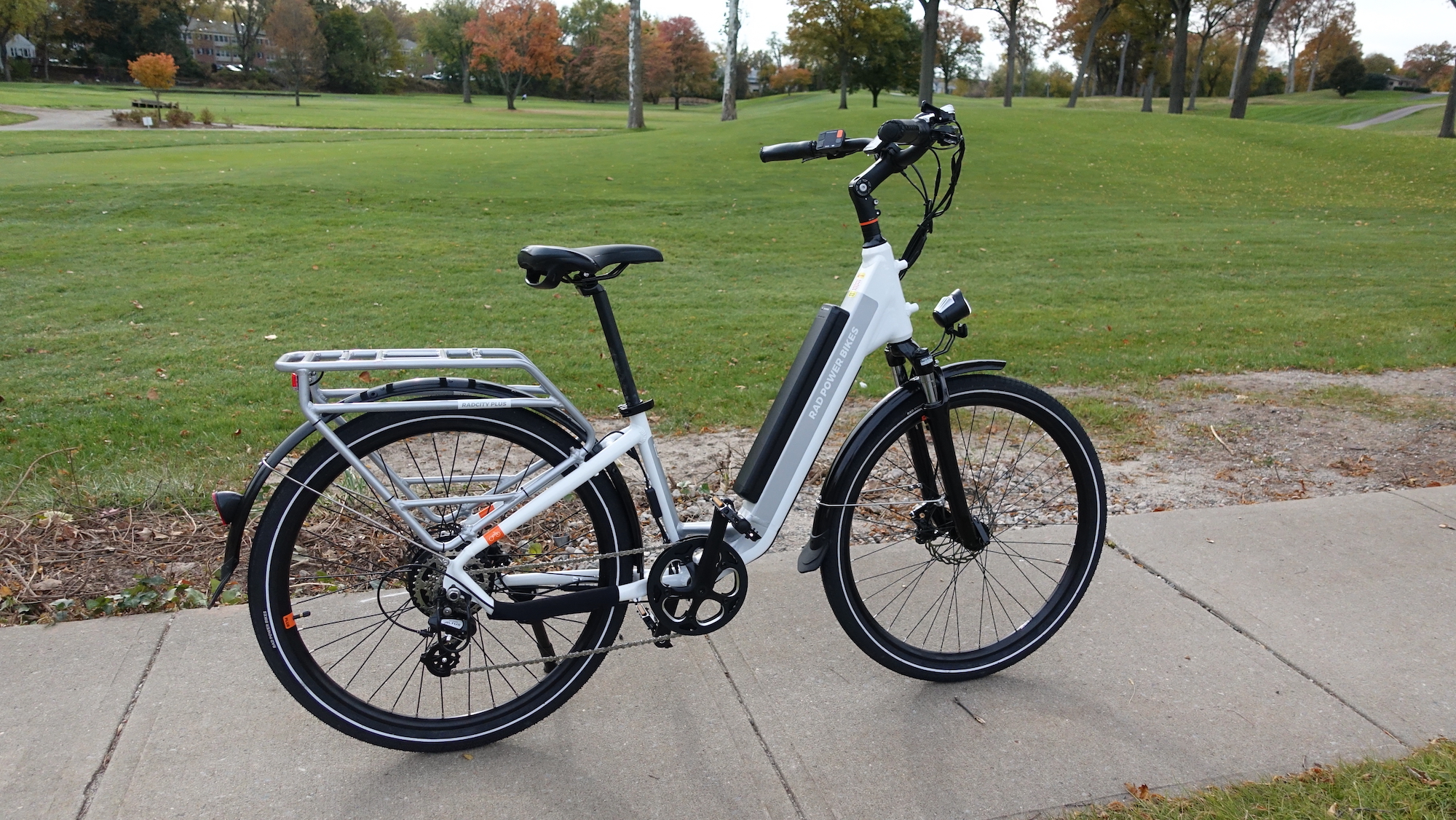
Amazon Prime Video's new ad-free subscription plan went live now nearly 2 weeks ago and users are already starting to see additional differences between the more expensive option and the ad tier — namely the absence of Dolby Vision and Dolby Atmos.
These streaming quality changes were first spotted by German news site 4Kfilme, as many Prime Video users started to notice the dip in quality.
Various tests were conducted across a wide range of the best TVs, which included Sony, LG, TCL, and Samsung models. It should be noted that Samsung TVs do not support Dolby Vision HDR content, though it and Google are working on their own iteration of the tech standard.
While other audio and visual technologies still exist, like 5.1 surround sound, 4K resolution, HDR10, and HDR10+, the loss of both Dolby Vision and Dolby Atmos is quite the change — especially given the fact that Amazon has seemingly given no word on this disparity.
The new price for Dolby Vision & Atmos support

Amazon Prime Video's new more expensive ad-free tier first rolled out to customers starting on January 29th in the US and later for folks in the UK, Germany, and Canada on February 6th. The price hike adds $2.99/£2.99 to the monthly subscription simply to cut out annoying ad breaks in the middle of Prime movies and shows.
Following the upgrade, Prime Video customers will once more gain access to both Dolby Vision and Dolby Atmos. Amazon itself has confirmed the tech downgrade for ad tier subscribers to Forbes, thus ensuring users that it is not a technical mistake.
Confusingly, users on the basic tier Prime Video subscription will still have access to the alternative HDR formats of both HDR10 and HDR10+, as well as 5.1 surround sound. It’s unclear if these might be pushed into the premium plan later down the line, but currently it seems they will remain in Prime’s basic plan.
Get instant access to breaking news, the hottest reviews, great deals and helpful tips.
Amazon gave no mention of these changes prior to users discovering the alteration. It’s yet another instance of Amazon pushing for better ways to monetize. However, with alternatives to both Dolby Vision and Dolby Atmos on the near horizon, several may not even want the upgrade or need it to begin with.
A Dolby Vision & Dolby Atmos alternative

Called Project Caviar, Samsung and Google have teamed up to design their own versions of Dolby Vision and Dolby Atmos. It’s not only intended to mirror the potential provided by these two audio and visual tech enhancements but bring additional “functionality beyond what Dolby Atmos and Vision offer,” per Protocol.
HDR10+ is one such part of Project Caviar, which aims to bring royalty-free 3D audio and HDR video formats to wider audiences over the excessive foothold Dolby has with its Vision and Atmos counterparts.
Tentatively called Immersive Audio Model and Formats (IAMF), the Dolby Atmos counterpart under Samsung and Google has been in ongoing development since 2020. Samsung showcased various ways its IAMF will enhance the viewing experience in a blog post released late last year.
It’s unclear when Samsung TV buyers or prospective users can expect the official rollout of IAMF and its broader Project Caviar initiatives.
As of right now, it might be best for Amazon Prime Video customers to upgrade to the premium tier if they want improved video and audio quality via Dolby Vision and Atmos support — especially those who have one of the best Dolby Atmos soundbars.
More from Tom's Guide
- Samsung HW-Q990B 11.1.4 Dolby Atmos Soundbar review
- How to test if Dolby Atmos is working on your soundbar
- Prime Video’s Fallout TV show opens the vault — first look at cast and characters

Ryan Epps is a Staff Writer under the TV/AV section at Tom's Guide focusing on TVs and projectors. When not researching PHOLEDs and writing about the next major innovation in the projector space, he's consuming random anime from the 90's, playing Dark Souls 3 again, or reading yet another Haruki Murakami novel.
